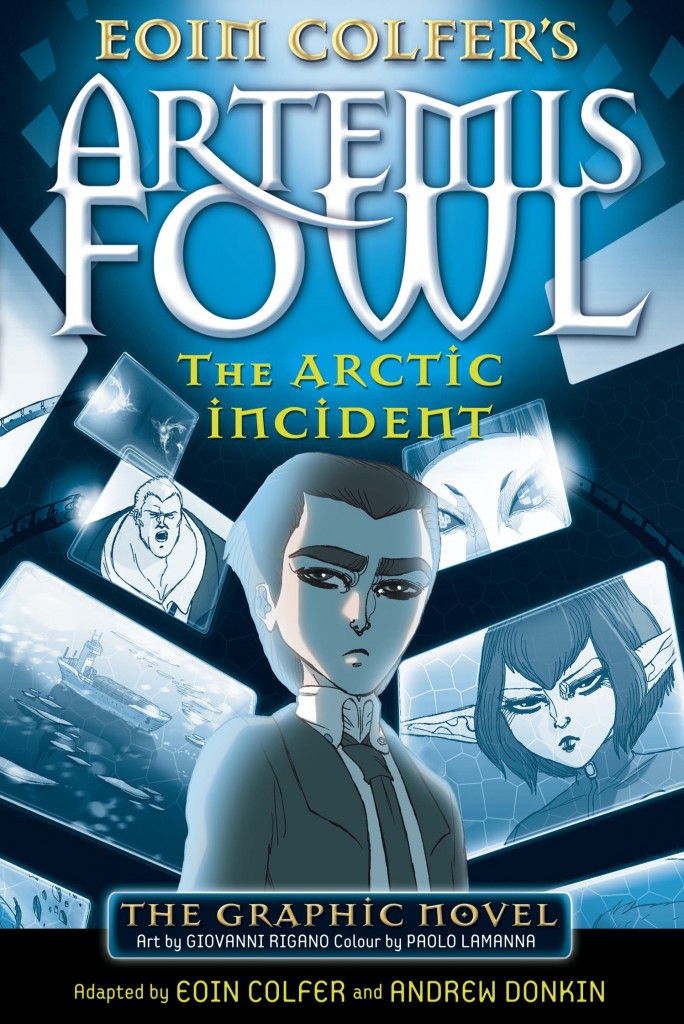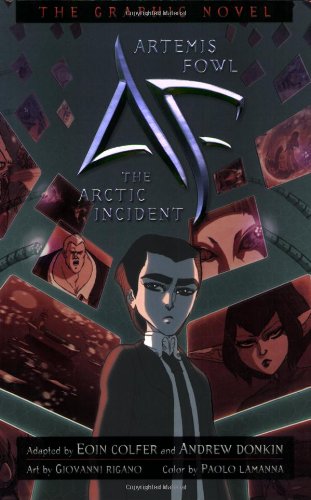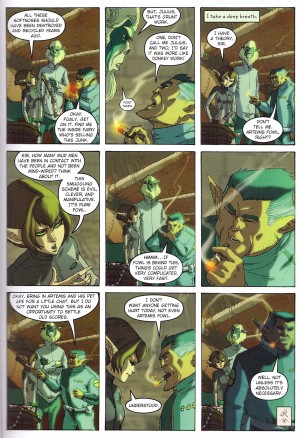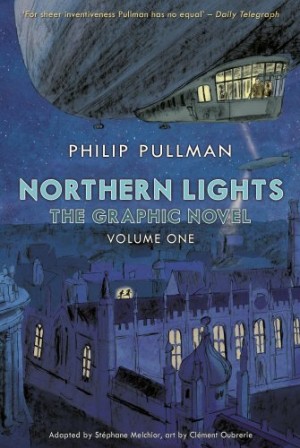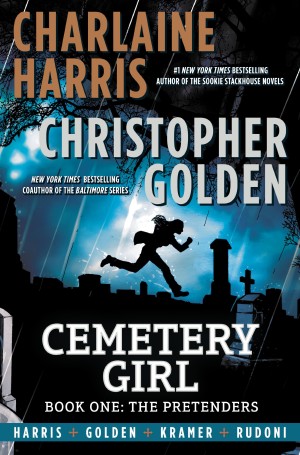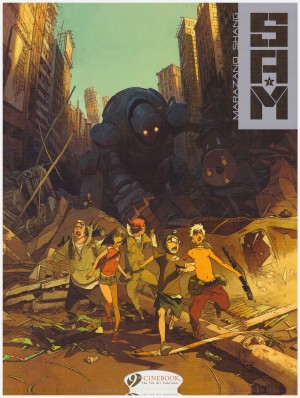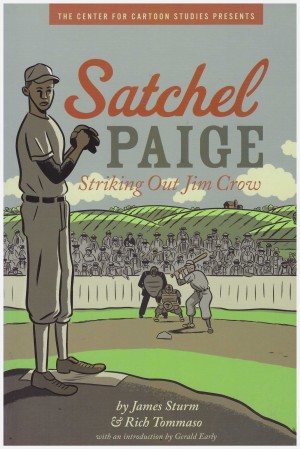Review by Ian Keogh
A primary motivational factor for now thirteen year old criminal genius Artemis Fowl is locating his father, a person he’s almost alone in believing is still alive after the ship he’d stocked with cola to sell in Russia was sunk. We see how that occurred in the opening pages of this adaptation.
The world Artemis Fowl occupies is one where the creatures of fairy tales still exist, unknown to all but a very few, Artemis among them, but having tricked them last time out, their attitude toward him is hardly one of unqualified trust. When it becomes apparent humans have been trading with goblins Artemis is the number one suspect. This is doubly unfortunate for him as the confrontation about this occurs just as he may have the proof his father still lives.
We don’t have to wait too long for the truth to be disclosed, Eoin Colfer and Andrew Donkin confident enough that doesn’t impact on the twists and thrills of the plot. The focus occasionally shifts back to the villains revealing their trickery, which is a method of inducing tension. Readers know the cast are in direct danger while the cast themselves are merely prepared for the chance of it. Artemis shares the narrative captions with Captain Holly Short, a fairy officer who’s usually extremely adaptable and capable, but seethes with resentment over her previous capture by Artemis as detailed in Artemis Fowl: The Graphic Novel. The writers pull a clever trick by using this resentment to blur the ethical lines. In plain black and white terms she’s the traditional hero figure while Artemis is the villain, but these aren’t the adventures of Holly Short.
As previously, the art is by Giovanni Rigano, with the colouring of Paolo Lamana playing a large part in the eventual look, and it’s cluttered, and unattractive, with the pages slathered in shades of an individual colour. This is occasionally effective, such as the blue used for Arctic scenes, but also particularly jarring, such when a predominantly green page is opposite another that’s predominantly cerise. Rigano is good with visual design. His goblins are far removed from those of fairy tales and all the more effective for that, dragon-like and sinister.
The evil genius introduced in the series opener has now progressed a little, and the writers introduce more shades of grey to Artemis’ character. There’s certainly an awareness of obligation, and in some places he acts almost heroically. Elsewhere we have the pivotal return of another favourite from the opening book, and enough thrills, excitement and surprises to last until, well, the next adaptation, which is The Eternity Code. Alternatively, read the novels. They’re even better.
